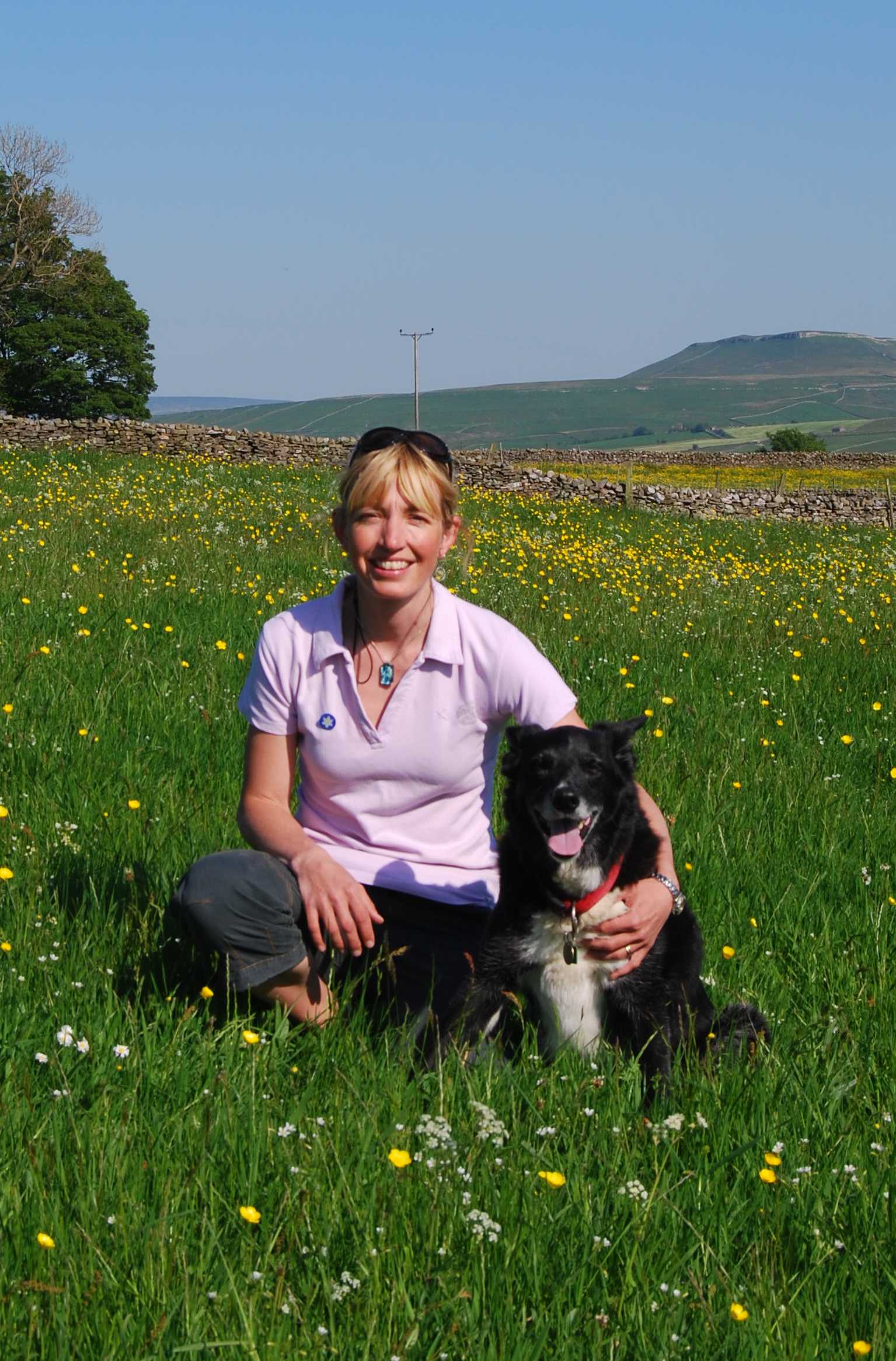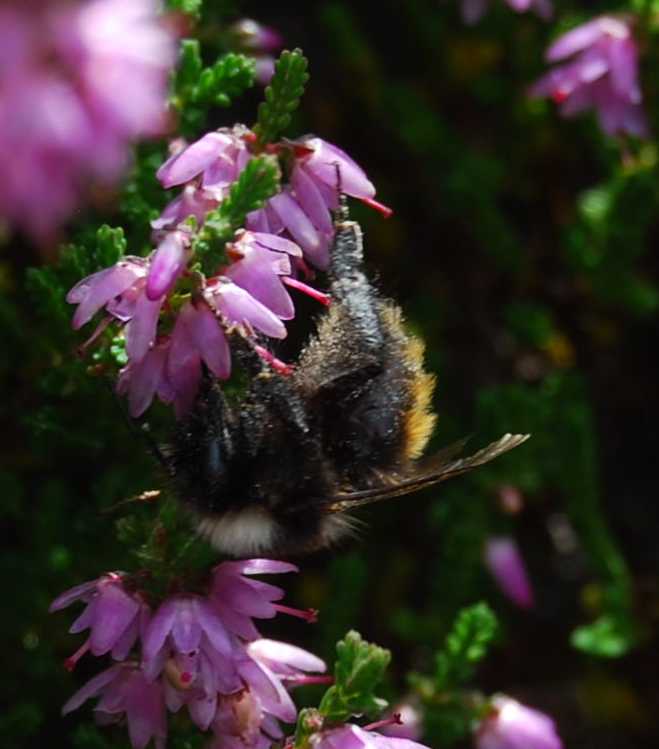The remarkable tale of Yorkshire bees.
October 8, 2009

Tanya St.Pierre the Trusts Flowers of the Dales Project Officer
I’d like to introduce our very own bee expert, Tanya St.Pierre. Tanya works as our Flowers of the Dales Project Officer, and regularly sees bumblebees out and about in the Dales. She has also just started keeping bees – so watch this space as I’m hoping to get some top bee-keeping tips from her soon. Tanya has written a bit for us about her bumblebee experiences in the Dales.
“My job as Flowers of the Dales Project Officer is to promote the fantastic wildflowers and the unique habitats that we have here in the Dales. Luckily for me bumblebees and wild flowers go hand in hand!
Here in the UK there are 24 species of bumblebee. Like the honeybee bumblebees are social creatures and form a colonies, although they are generally small in comparison, with 200 workers or less. Unlike the honeybee only the queen bee will hibernate over winter and the rest of the colony will die off. In the Yorkshire Dales queen bumblebees generally emerge around March and some bumblebee colonies will live on until the end of October, which often helps to brighten up my autumn days!
Sadly bumblebee species have declined dramatically since the 1970’s, mainly due to habitat loss and the introduction of pesticides. Over half of the bumblebee species are endangered and many are now extremely rare. Here in the Yorkshire Dales we’re lucky to have a wide range of habitats to support bumblebees. We also have many conservation bodies, landowners and farmers working to restore and preserve habitats such as species-rich hay meadows, verge sides and heather moorland which are vital to the bumblebees’ existence.
Over the summer I was lucky enough to see the Bombus Monticola, the blaeberry or mountain bumblebee species, one of our most beautiful but rare bumblebees. My first sighting, in June, was on the bilberry clad slopes of Crag Willas, below Little Pinseat in Swaledale. Later in July, to my delight I discovered Bombus Monticola populations again foraging in hay meadows that are part of the Hay Time project near Heaulagh, again in Swaledale. My last sighting of this bright copper bottomed species in the Dales was in late August on Grinton Moor travelling over from Swaledale to Wensleydale.

Bombus monticola (Mountain Bumblebee)
Whilst I’m delighted to see so many populations of the mountain bumblebee in the Dales, I know how incredibly important each succession of flowering habitats are to maintain just this one species. So I’m extremely glad to be part of an organisation that helps to restore these essential habitats. The Hay Time Project works with farmers, landowners and individuals to enhance and restore flower rich meadows, which provide that much needed stop gap nectar-rich service station on which the Bombus Monticola feed.
As part of the Hay Time project we’re also publishing a book ‘Hay Time in the Yorkshire Dales’ in May 2010 which explains the natural, cultural and land management history of the Yorkshire Dales hay meadows. So I’d be really interested to hear about any bumblebee surveys, especially of flower rich hay meadows that anyone may have undertaken.”
Tanya runs the Flowers of the Dales Festival which celebrates wildflowers in the Yorkshire Dales. Events such as wild flower walks, talks, identification courses, children’s activities, art exhibitions and photography courses will be taking place from May to September 2010, and Tanya is already planning the Festival programme, so watch this space.






